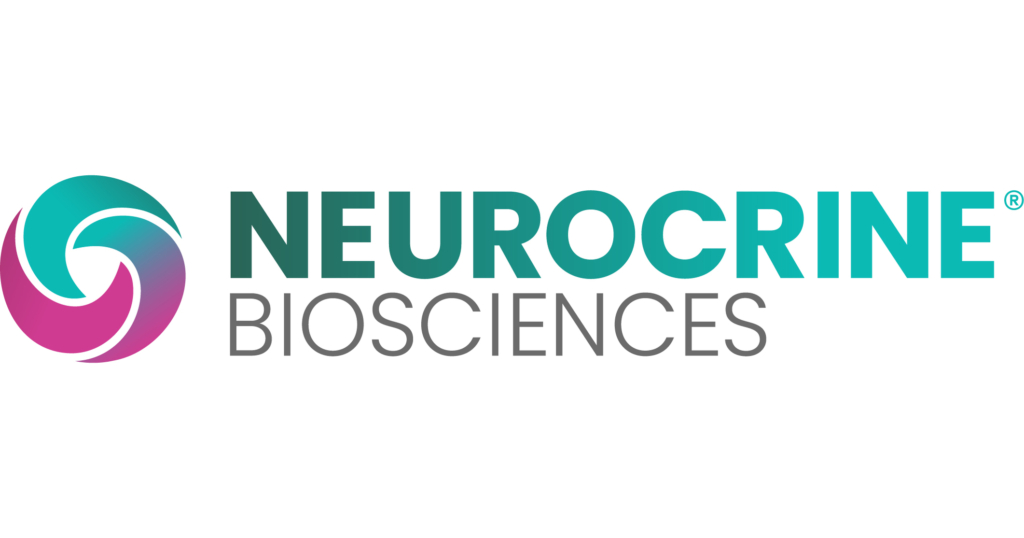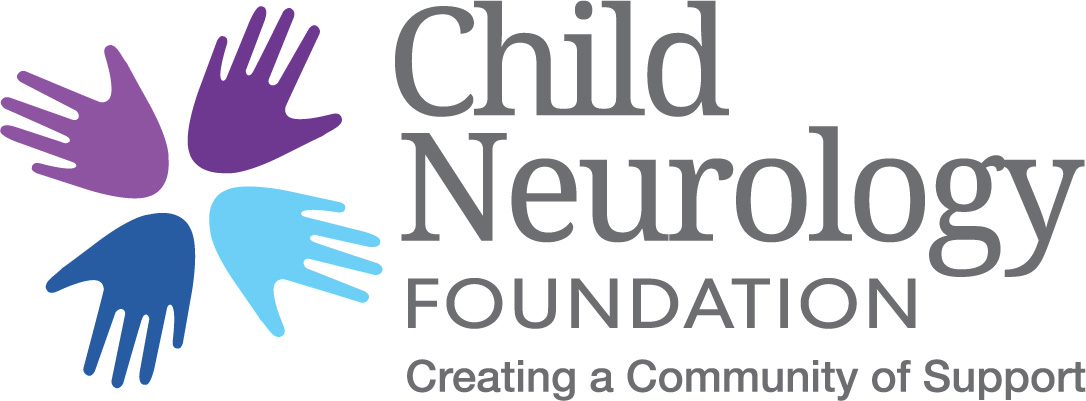
Authors: Cara Piccoli, MD; Sonika Agarwal, MBBS, MD, Children’s Hospital of Philadelphia
Reviewed: August 2021
SUMMARY
Lissencephaly is a rare birth defect involving an abnormally smooth brain. Children with lissencephaly can develop:
- Severe physical and intellectual disabilities
- Difficulty feeding
- Seizures
There is no cure. However, there are many options that can help prevent complications from this disorder and improve quality of life.
JUMP TO
Disorder Overview
DESCRIPTION
Lissencephaly means “smooth brain.” In lissencephaly there are few or no folds in the brain.
During normal brain development in pregnancy, the brain starts as a smooth surface. Over time, it develops folds known as gyri. Normally, brain cells (neurons) first form deep in the brain. Then they move outward, as layers and folds of brain develop. This takes place prior to birth. The peak time for this to happen is during second trimester, or 3 to 5 months into pregnancy.


In lissencephaly, the neurons do not reach their final destination. They do not form normal bumps and grooves in the brain. There are two major types of lissencephaly
- Type I. Also known as “classic lissencephaly.” This results in a brain that is smooth. Type I can be further divided:
- Isolated lissencephaly. When only the brain is affected.
- Associated with another syndrome. When lissencephaly is one of the many other symptoms and is associated with another syndrome, other organs may also be affected.
- Type II. Also known as “cobblestone lissencephaly.” This results in a brain that forms bumps. The bumps look like cobblestones. Children with type II also develop muscle and eye disease. Like type I, there are many potential causes of type II.
Pachygyria is the name for a mild form of the condition.
SIGNS AND SYMPTOMS
Lissencephaly can be diagnosed on prenatal ultrasound. Another important tool for early detection is fetal MRI (magnetic resonance imaging). Fetal MRI can confirm findings and provide more detail even prior to birth. It can check the severity of the condition and look for any other brain malformations.
The condition can be diagnosed in infancy and childhood using:
- A head ultrasound (in infants only)
- A head CT (computed tomography) scan
- A brain MRI
Symptoms of lissencephaly are usually seen in infancy. Common symptoms include:
- Microcephaly. This is when the head is abnormally small.
- Macrocephaly. This is when the head is abnormally large.
- Epilepsy. Children may develop seizures. The seizures may require medications, procedures, or a specialized medical diet.
- Developmental delays. There may be delays in reaching milestones such as:
- Rolling over
- Sitting
- Standing
- Walking
- Talking
- Learning
- Using hands
- Learning disabilities. Children will need extra help at school. They may need to be enrolled in special education.
- Problems with motor control and movement. This can include:
- Difficulty controlling muscles
- Lack of movement
- Muscles that are too tight or too floppy
- Unpredictable movements
- Problems with communication. This can include trouble:
- Learning or saying words
- Understanding language
- Communicating with words, sign language, or pointing
- Problems with swallowing. Some children may not be able to swallow safely. Many children benefit from a feeding tube. The feeding tube can help them safely get nutrition and medications.
- Problems with vision and hearing. Some children may be blind and/or deaf. They may benefit from:
- Vision or hearing therapy
- Hearing aids
- Special accommodations at school
- Facial differences. Some children may not look like their parents due to abnormal face development.


Lissencephaly typically results in moderate or severe symptoms. The symptoms can put babies at risk for potentially life-threatening complications. These complications can include:
- Lung infections
- Difficulty breathing
- Seizures that are difficult to treat
CAUSES
Lissencephaly is usually caused by a genetic mutation or also due to non-genetic causes. A genetic mutation is a change in a person’s DNA. Genetic mutations can be inherited from parents, or they can occur randomly. New, random changes in DNA are called de novo mutations. Several genes have been identified to be associated with lissencephaly. Some common genes implicated in lissencephaly are: LIS1, RELN, DCX and ARX, TUBA1A, NDE1, KATNB1, and CDK5.
In rare cases, lissencephaly can be caused by:
- Infection during pregnancy
- Lack of oxygen to the fetal brain
- Certain metabolic disorders
Frequently, a cause cannot be found.
DIAGNOSIS AND LABORATORY INVESTIGATIONS
Several lab tests and types of imaging can be helpful in determining the type of lissencephaly and its cause.
Brain Imaging
Genetic Testing
Genetic testing may be helpful in determining if there is a genetic cause for the condition. Genetic studies may be helpful for family planning. They can also help doctors determine the risk of complications.
There are several genetic tests available. Often, more than one test is recommended. Some patients may need multiple tests to diagnose or rule out a genetic cause. Blood and saliva are the most common samples used for genetic testing. The tests often takes several weeks or months to produce results.
Examples of recommended genetic tests include:
- A chromosomal microarray. This tests whether there are missing or extra chromosomes or pieces of chromosomes.
- A brain malformation panel. This tests only genes commonly associated with the condition.
- Whole exome sequencing. This tests some of the most important sections of a person’s genome—the exome. However, it may miss important findings. This is because it has such a large scope that it is unable to test all possible genes.
TREATMENT AND THERAPIES
There is no cure for lissencephaly. Most children do require treatment for complications. Treatments depend upon disease severity and additional conditions.
Medication
Surgery
Surgery is frequently recommended for patients with lissencephaly. Surgery is typically used for:
- Feeding tube placement
- Muscle tightness
- Hydrocephalus (a buildup of fluid in the brain). This might require a ventriculoperitoneal (VP) shunt to be placed.
- Seizures not responsive to medication (i.e., epilepsy surgery to remove the seizure focus)
- Scoliosis
Physical and occupational therapy
Speech and swallowing therapy
Wheelchairs, walkers and other mobility equipment
Feeding equipment and specialized diets
OUTLOOK
There is no cure for lissencephaly. Symptoms are typically moderate or severe. However, severity differs depending upon the amount of the brain involved.
Early and consistent therapy can be very helpful for some children. Therapies may include physical, occupational, speech, or vision therapy. Most children with lissencephaly need daily medications to:
- Prevent seizures
- Treat other complications
Some children benefit from a feeding tube for extra nutrition.
This disorder is often found alongside hydrocephalus, a buildup of fluid around the brain. In these cases, shunt may be needed to relieve pressure in the head.


RELATED DISORDERS
Lissencephaly can occur with other brain abnormalities, including:
- Hydrocephalus. This is an abnormal buildup of the fluid surrounding the brain. It causes high pressure in the brain.
- Chiari malformation. In this condition, the bottom part of the brain extends into the spinal canal. Some patients never have symptoms.
- Neuronal migration disorders (NMDs). These occur when there are problems with brain development during pregnancy. Lissencephaly is one type of NMD. Other examples include:
- Agenesis of corpus callosum. When the major connection between the two halves of the brain does not properly form.
- Schizencephaly. When a slit or cleft forms during brain development.
- Porencephaly. When an abnormal, fluid-filled cyst forms in the brain.
- Polymicrogyria. When there are an abnormal number of small brain folds.
- Focal cortical dysplasia. When a limited area of the brain forms abnormally.
Resources
Organizations
Lissencephaly Foundation
The Lissencephaly Foundation empowers families and educates communities by promoting a day of awareness, hosting family gatherings, providing family support, medical equipment, and educational materials. The Lissencephaly Foundation Inc Facebook page is where you will find the current awareness events, family support, programs, and more. The Foundation hosts a private Facebook group, Lissencephaly Network, with over 2,700 members worldwide.
Publications
JCN: NICU Series — Cortical malformations: Polymicrogyria, pachygyria, lissencephaly, heterotopia
Podcast from SAGE Neuroscience and Neurology/Journal of Child Neurology (JCN). Dr. Sonika Agarwal of Children’s Hospital of Philadelphia talks about Cortical malformations: Polymicrogyria, pachygyria, lissencephaly, heterotopia.
Child Neurology Foundation (CNF) solicits resources from the community to be included on this webpage through an application process. CNF reserves the right to remove entities at any time if information is deemed inappropriate or inconsistent with the mission, vision, and values of CNF.
Research
ClinicalTrials.gov for Lissencephaly (birth to 17 years)
These are clinical trials that are recruiting or will be recruiting. Updates are made daily, so you are encouraged to check back frequently.
ClinicalTrials.gov is a database of privately and publicly funded clinical studies conducted around the world. This is a resource provided by the U.S. National Library of Medicine (NLM), which is an institute within the National Institutes of Health (NIH). Listing a study does not mean it has been evaluated by the U.S. Federal Government. Please read the NLM disclaimer for details.
Before participating in a study, you are encouraged to talk to your health care provider and learn about the risks and potential benefits.
The information in the CNF Child Neurology Disorder Directory is not intended to provide diagnosis, treatment, or medical advice and should not be considered a substitute for advice from a healthcare professional. Content provided is for informational purposes only. CNF is not responsible for actions taken based on the information included on this webpage. Please consult with a physician or other healthcare professional regarding any medical or health related diagnosis or treatment options.
References
Fukuyama type congenital muscular dystrophy [Internet]. NORD (National Organization for Rare Disorders). 2018 [cited 2021Aug1]. Available from: https://rarediseases.org/rare-diseases/fukuyama-type-congenital-muscular-dystrophy
Hsieh DT, Jennesson MM, Thiele EA, Caruso PA, Masiakos PT, Duhaime A-C. Brain and Spinal manifestations of Miller-Dieker syndrome. Neurology: Clinical Practice. 2013;3(1):82–3. PMID: 23634385; https://doi.org/10.1212/CPJ.0b013e318278be63
Isolated lissencephaly sequence: MedlinePlus Genetics [Internet]. MedlinePlus. U.S. National Library of Medicine; 2020 [cited 2021Aug1]. Available from: https://medlineplus.gov/genetics/condition/isolated-lissencephaly-sequence
Lissencephaly information page [Internet]. National Institute of Neurological Disorders and Stroke. U.S. Department of Health and Human Services; 2019 [cited 2021Aug4]. Available from: https://www.ninds.nih.gov/Disorders/All-Disorders/Lissencephaly-Information-Page
Lissencephaly with cerebellar hypoplasia: MedlinePlus Genetics [Internet]. MedlinePlus. U.S. National Library of Medicine; 2020 [cited 2021Aug1]. Available from: https://medlineplus.gov/genetics/condition/lissencephaly-with-cerebellar-hypoplasia
Lissencephaly [Internet]. Genetic and Rare Diseases Information Center. U.S. Department of Health and Human Services; 2007 [cited 2021Aug1]. Available from: https://rarediseases.info.nih.gov/diseases/12291/lissencephaly
Lissencephaly [Internet]. NORD (National Organization for Rare Disorders). 2018 [cited 2021Aug1]. Available from: https://rarediseases.org/rare-diseases/lissencephaly
Miller-Dieker syndrome: MedlinePlus Genetics [Internet]. MedlinePlus. U.S. National Library of Medicine; 2020 [cited 2021Aug1]. Available from: https://medlineplus.gov/genetics/condition/miller-dieker-syndrome
Muscle eye brain disease [Internet]. Genetic and Rare Diseases Information Center. U.S. Department of Health and Human Services; 2016 [cited 2021Aug4]. Available from: https://rarediseases.info.nih.gov/diseases/156/muscle-eye-brain-disease
Walker Warburg syndrome [Internet]. NORD (National Organization for Rare Disorders). 2021 [cited 2021Aug1]. Available from: https://rarediseases.org/rare-diseases/walker-warburg-syndrome
Thank you to our 2023 Disorder Directory partners:





